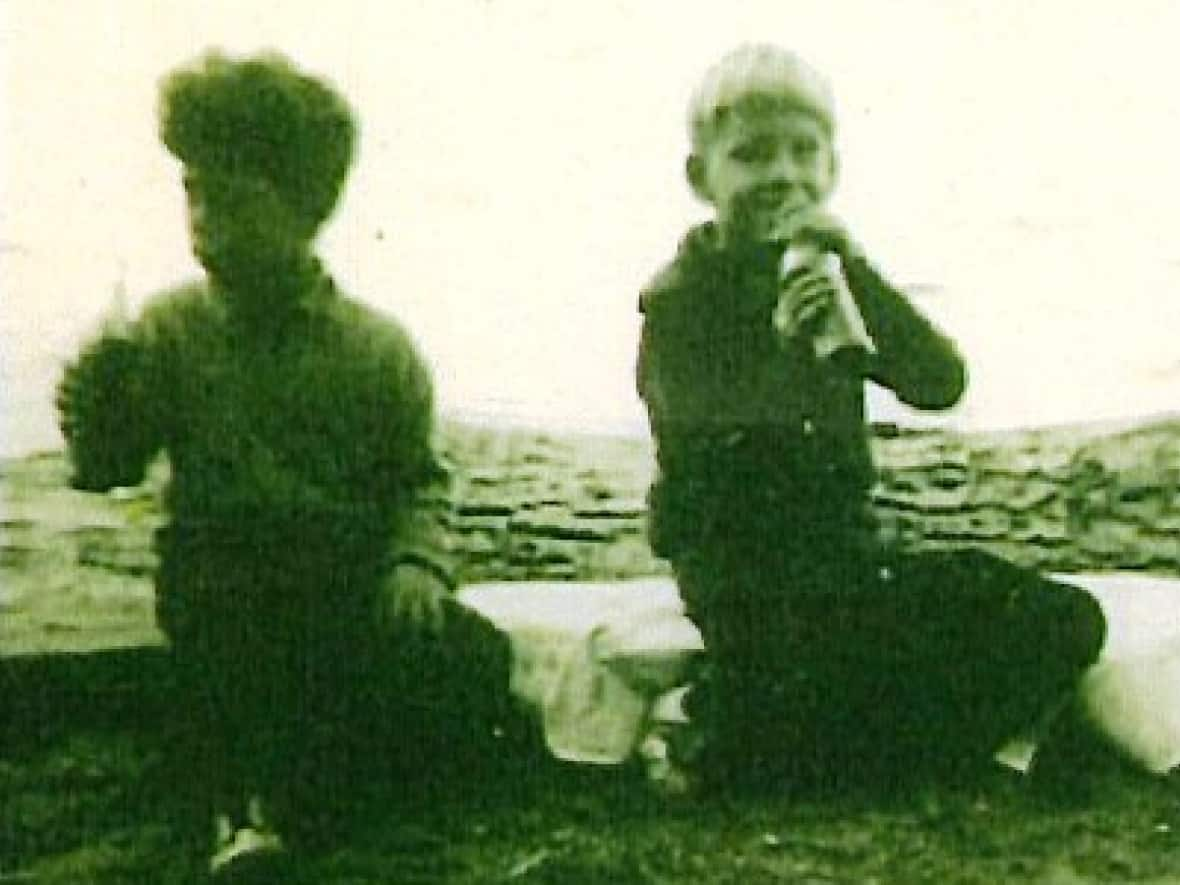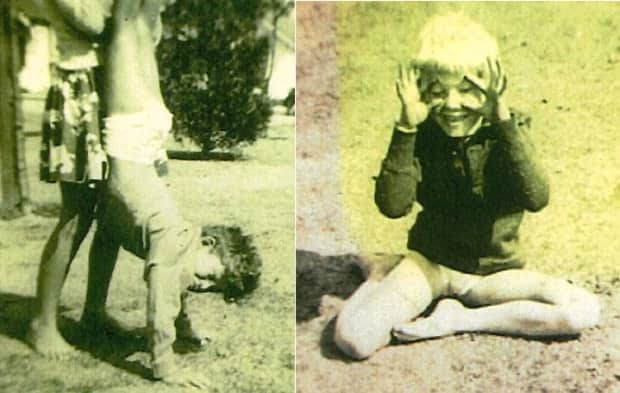For nearly 70 years, these 2 murdered boys were known as the 'Babes in the Woods.' Now they finally have names

Nearly 70 years after the skeletal remains of two murdered boys were discovered in Vancouver's Stanley Park, the young victims have finally been identified thanks to DNA technology.
The infamous "Babes in the Woods" homicides have perplexed police since the victims were found bludgeoned to death by a hatchet in 1953. The killer has never been found and, until now, the victims' identities have been unknown.
But on Tuesday, Vancouver police revealed that the boys are believed to be six-year-old David and seven-year-old Derek D'Alton.
"These murders have haunted generations of homicide investigators, and we are relieved to now give these children a name and to bring some closure to this horrific case," Insp. Dale Weidman said in a news release.
"Although significant folklore has surrounded this case for years, we must not forget that these were real children who died a tragic and heartbreaking death."
The discovery comes after a portion of the older boy's DNA was sequenced and uploaded to a genetic database, where a team of genetic genealogists was able to track down surviving family members and then identify one of the boys' maternal grandparents.
Police say they were half-brothers who lived in poverty and attended Henry Hudson Elementary School in Kitsilano. They were never reported missing.

The D'Alton brothers appear to have been descended from Russian immigrants who arrived in Canada some time around the beginning of the 20th century.
Vancouver police believe they were killed by a close family member — likely their mother — who died about 25 years ago. A relative lived near the entrance to Stanley Park at the time.
"After seven decades as a cold case, we presumed that the person who killed Derek and David had likely passed away," Weidman said.
"But at this stage in the investigation, it was never about seeing someone charged for these crimes. It was always about giving these boys a name and finally telling their story. I'm proud to be part of the team that has done that."
Police have said the Babes in the Woods homicides likely took place in 1948, five years before a groundskeeper found the boys' remains near Beaver Lake. They were hidden by thick brush and covered with a woman's coat.
The Vancouver Police Department announced in May 2021 that it had contracted Massachusetts-based Redgrave Research Forensic Services to try to identify the boys.
The company uses a relatively new technique known as genetic genealogy, which works by uploading crime-scene DNA profiles into databases that members of the public use to fill out family trees and do other genetic testing.
DNA tricky to extract
According to Redgrave Research, it took a couple of tries to extract DNA from the Babes in the Woods bone samples, which are not only decades old but have also been handled by numerous people during their time on display at the Vancouver Police Museum.
But a team at Lakehead University's Paleo-DNA Laboratory in Thunder Bay, Ont., was finally able to extract a substantial amount of genetic material, and scientists in Alabama managed to sequence the older boy's DNA.

"We knew there were good odds of finding a living family member out there somewhere," lead investigator Det. Const. Aida Rodriguez said.
"But, once we discovered that DNA match, we still had a significant amount of work to do to locate family members, check school records and confirm specific details about the victims so we could be absolutely certain about their identities."
Investigators met this month with a distant relative who lives in a Vancouver suburb to discuss their findings and learn more details about the boys' short lives.
Rodriguez said the family member had uploaded a DNA sample with the express purpose of learning what had happened to the boys.
"The story that had been handed down to them was that the boys had been removed from the residence by the ministry," Rodriguez said.
"Even though this family member did their best to talk about the boys and try to get the story, the only response they got from family was silence. The absence of the boys was never discussed."
Police say they're looking into whether there's any truth to the story about child protection officials being involved with the family.


